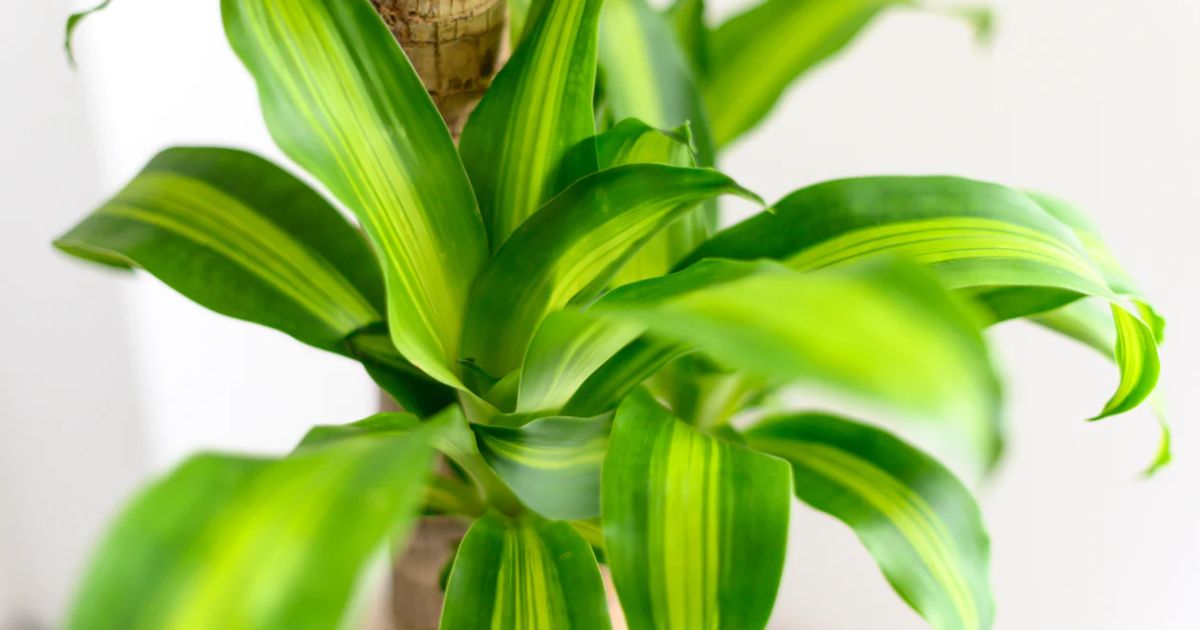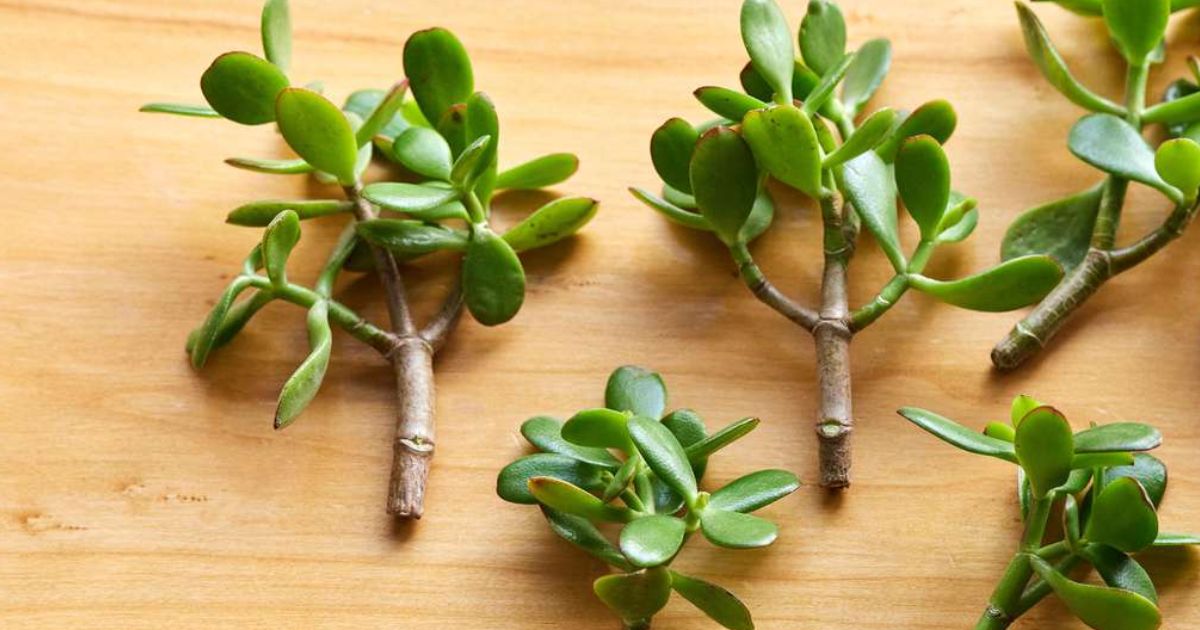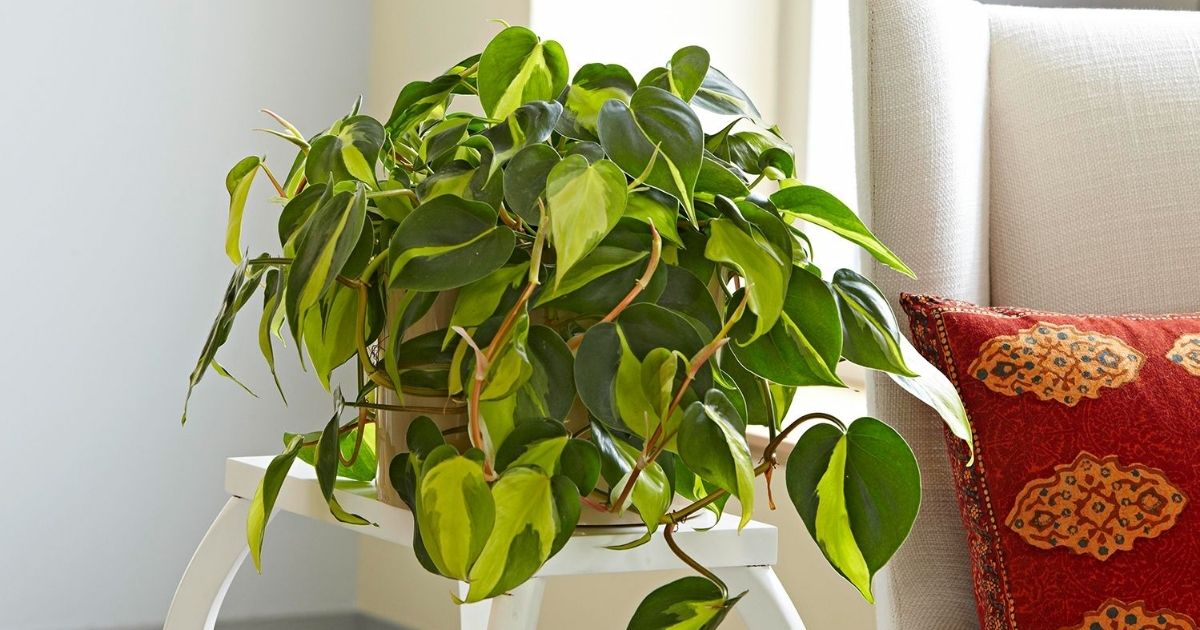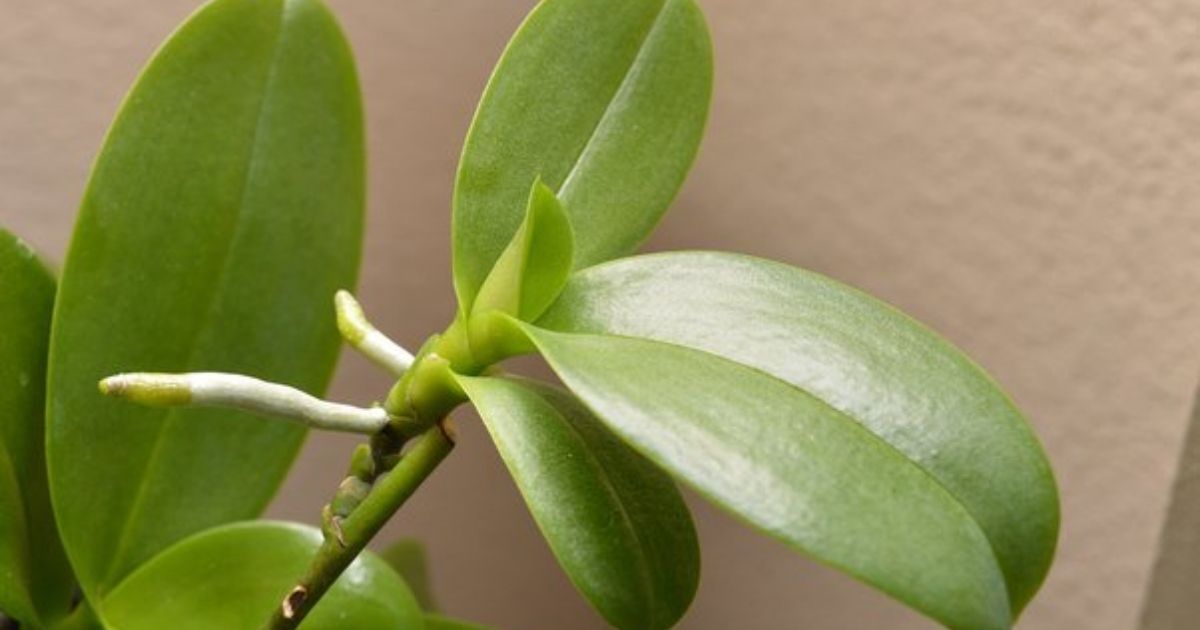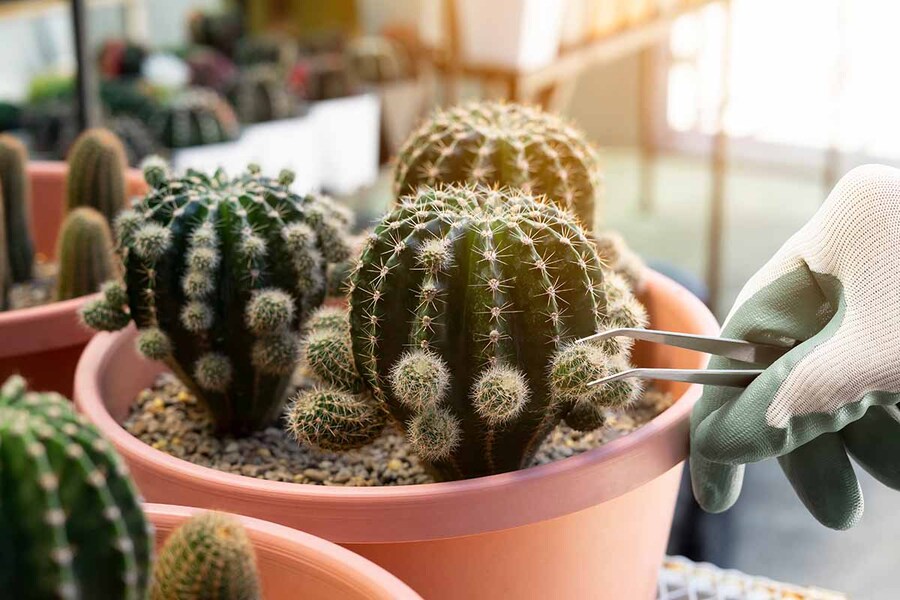16 Best Indoor Plants That Are Easy To Grow (Expert Explained)
Hydroponic plants have become an essential part of interior design, not just for their aesthetic appeal but also for their numerous health benefits. A research from Federico Brilli, these green companions are easy to grow and can help to brighten up your living space.
If you're looking to add some greenery to your home but don't have access to abundant sunlight or large windows, don't worry! We have listed many of the best indoor plants below.

Image via Twin Cities
|
Types Of Indoor Plants |
Size |
|
Philodendron |
8 feet |
|
Pothos |
Between 6 and 10 feet |
|
ZZ Plants |
3 feet |
|
Parlor Palms |
Between 6 and 16 feet |
|
Boston Fern |
3 feet |
|
Dieffenbachia |
3 feet |
|
Gloxinia |
1 foot |
|
Adanson's Monstera |
13 feet |
|
Cash Iron Plant |
3 feet |
|
Aglaonema |
3 feet |
|
Peace Lily |
Between 1 and 6 feet |
|
Chinese Evergreen |
Between 2 and 3 feet |
|
Fiddle Leaf Fig |
Between 10 and 60 feet |
|
Rubber plant |
10 feet |
|
Tradescantia |
Between 1 and 3 feet |
|
Watermelon Peperomia |
Below 1 feet |
See more: how to grow hydroponic plants
Philodendron
Philodendrons are one of the most popular indoor plants for low-light conditions as they can tolerate dark interiors well. This fast-growing vine is versatile and usually hung in baskets, trained to climb a small trellis or totem.
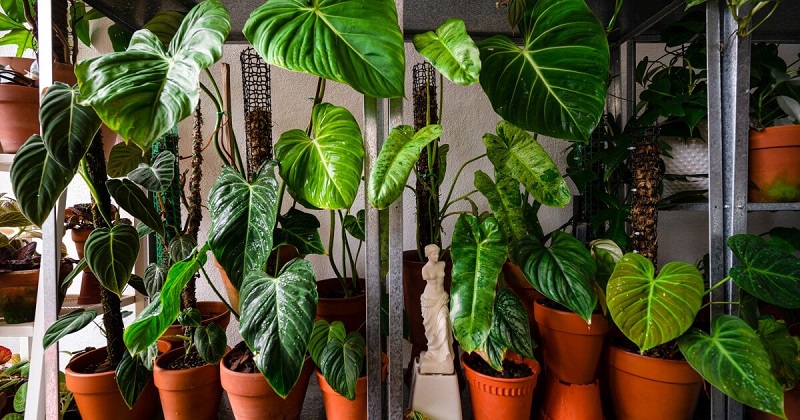
Image via WGBH
Two newer types of indoor plants - Philodendrons with colorful vegetation have been introduced. The 'Basil' variety has pretty gold-and-green variegated foliage. At the same time, 'Micans’ flaunts purple-flushed leaves with a lustrous, satin-like texture.
Pothos
One of the easy-to-grow indoor plants you should consider is Pothos. It is often mistaken for Philodendron, a plant that can flourish anywhere in your house if you keep it away from direct sunlight.
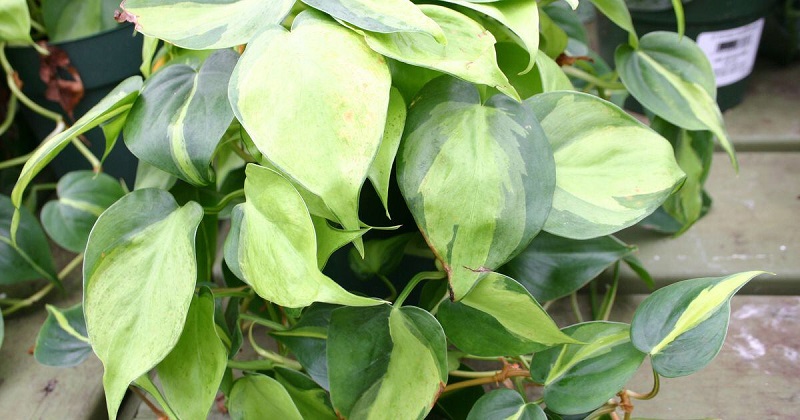
Image via The Atlanta Journal-Constitution
Among many types of indoor plants, this plant is easy to care for and grows as a vine trained to climb a trellis or cascade over the edge of a hanging basket. Pothos also has various colors and bi-colors, such as dark green, chartreuse, white-and-green, yellow-and-green, and spotted silver.
ZZ Plant
If you want to find some easy plants to grow both indoors and outdoors, the ZZ plant won't disappoint your expectations. The ZZ Plant is resilient and can tolerate neglect, low humidity, and low light conditions. It is ideal for busy individuals or those with limited gardening experience.
The ZZ Plant features glossy, dark green leaves that add a touch of elegance to any room. Its waxy leaves help the plant retain moisture, making it drought-tolerant.
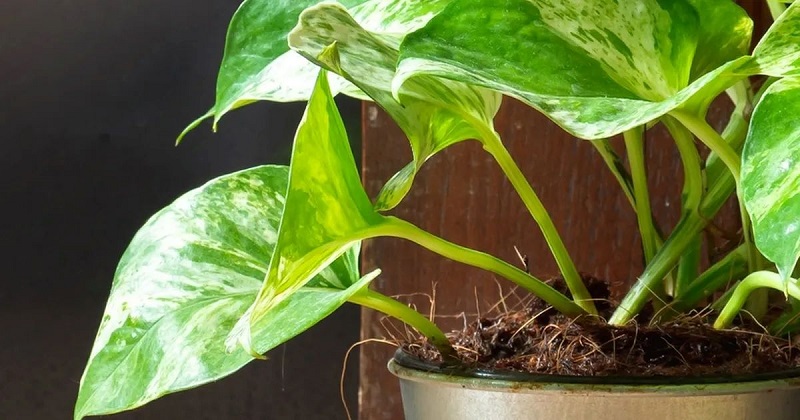
Image via The Seattle Time
This intriguing indoor plant helps enhance air quality by absorbing CO2 and giving out O2. It also filters out toxins and pollutants, creating a healthier living environment. Therefore, the ZZ plant is among many easy indoor plants you should try.
Parlor Palms
Parlor palm, a slow-growing plant native to Mexico, has been one of the most popular indoor plants since the Victorian era. It is an excellent choice for an indoor houseplant, especially in low-light conditions.
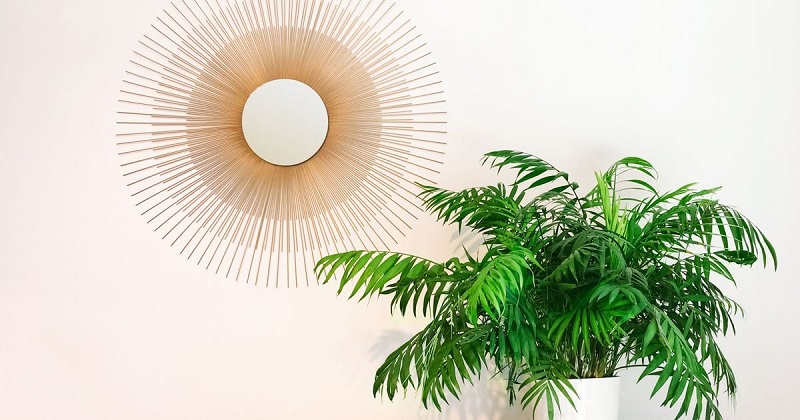
Image via Facty Health
It can grow up to four feet tall and adds a bold statement to any room. Only water the parlor palm when the soil feels dry to the touch.
Additionally, it's a good idea to occasionally mist the plant during winter. This is because misting plants can help to raise the humidity. Make sure to mist plants only in the morning so the leaves can dry before nighttime. Don't forget to mist both sides of the leaves, not just the top.
Boston Fern
Among many good indoor plants, Boston ferns (Nephrolepis exaltata) have made your interior more aesthetic. These stunning plants produce bright green, arching fronds perfect for urns or baskets. Some varieties offer unique leaf textures, like 'Cotton Candy,' which features delicate foliage.
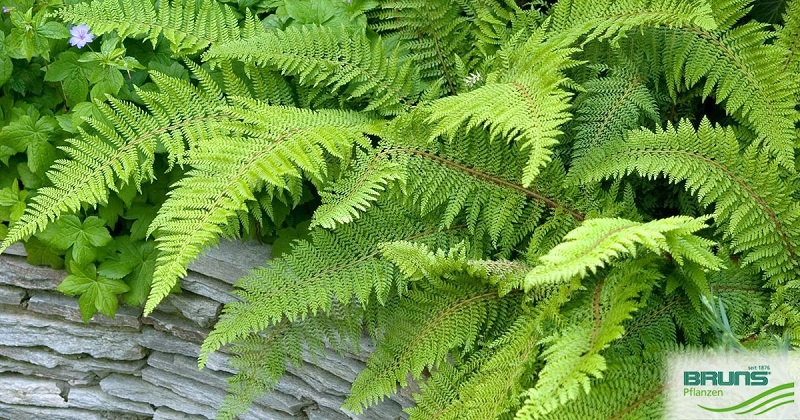
Image via The Dallas Morning News
Partially shaded indoor and outdoor locations, away from cold drafts or heat ducts, are ideal for Boston ferns. Like all ferns, they thrive in humid environments, so mist them frequently during winter to prevent leaf drop.
Dieffenbachia
Dieffenbachia is an excellent option for those seeking a houseplant with colorful leaves. These stunning tropical plants boast speckled or splotched leaves in yellow, white, and green shades.

Image via THIP Media
Although they can thrive in dimly lit rooms, they prefer bright, indirect light to prevent them from growing too tall and thin. Dieffenbachia is a toxic plant that should be kept away from children and pets.
Gloxinia
Gloxinia, a close relative of African violet, is a breathtaking plant that requires bright, indirect light to bloom beautifully. Although it can't survive in complete darkness, it will thrive anywhere it can receive enough light away from the full sun.
Its large, velvety, trumpet-like flowers come in various jewel-tone colors that will surely add a touch of elegance to any room.

Image via Connecticut Public
It's essential to use warm water when watering and to avoid getting the foliage wet. Additionally, feeding the plants once a month with a liquid houseplant fertilizer while they bloom will help them stay healthy and vibrant.
Adanson's Monstera
Transform your living space into a tropical paradise with one of the best indoor plants - Monstera. This tropical vine is renowned for its beautiful bright green, intricately cut leaves, and its trailing stems make it an excellent option for a hanging basket.
To ensure the plant remains compact, trim the vining branches regularly.
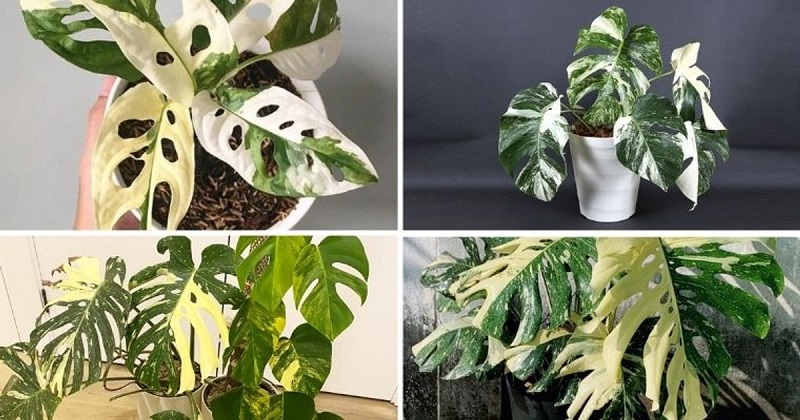
Image via DakNong Newspaper
Cast Iron Plant
Here's a houseplant that's as tough as its name suggests- the cast iron plant (Aspidistra elatior) - a tremendous low-light indoor plant that thrives on neglect. It can happily survive in dark, unlit rooms with only occasional watering.

Image via Spruce
Plus, this hardy plant spreads slowly, so it rarely needs repotting. The cast iron plant produces striking dark green leaves. There's also a variegated form, but it can be challenging to find.
Aglaonema
Aglaonema is a popular houseplant with stunning bright green leaves that have taken the indoor gardening world by storm. It's not limited to green leaves. Some beautiful varieties have red or pink foliage.
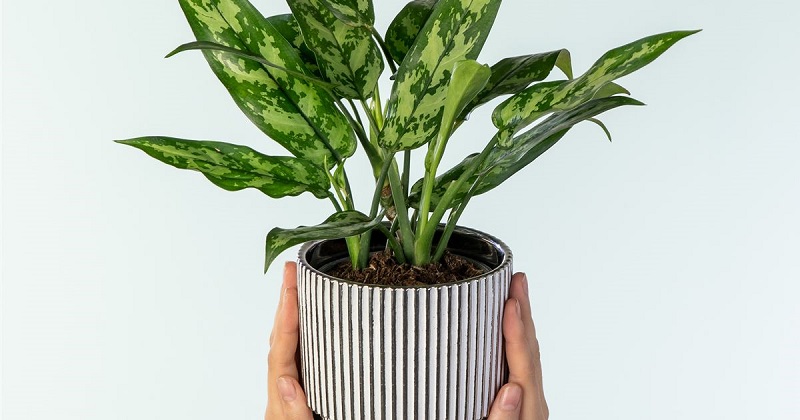
Image via Pflanze2000
One of the best things about Aglaonema is that it's almost foolproof because it doesn't mind dry soil. Originally called Chinese evergreen, this plant is a fantastic way to brighten up even the darkest rooms.
Peace Lily
Peace lilies are known for their beautiful creamy white flower spikes surrounded by pure white spathes. They bloom from mid-spring through late summer and thrive in warm and humid environments.

Image via Family Resource Homecare
Keeping them away from temperatures below 55 degrees Fahrenheit ensures their health and longevity.
Chinese Evergreens
Chinese evergreens are sensitive to cold drafts and temperatures below 55 degrees Fahrenheit. It's best to avoid placing them near drafty doorways, windows, or air-conditioning vents. If you have a darker-leaved variety, it will need less light than its variegated counterparts.
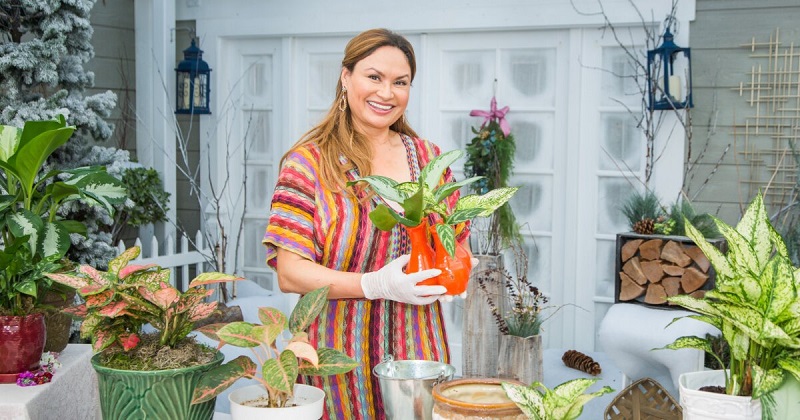
Image via Hallmark Channel
Speaking of which, variegated varieties tend to thrive in brighter light. Remember these needs when finding the perfect spot for your Chinese evergreen.
Fiddle Leaf Fig
Fiddle-leaf figs can instantly transform any room into a jungle-like environment. Although they grow slowly, they can eventually reach the ceiling. These rainforest natives are known to be sensitive and require specific conditions to thrive indoors.
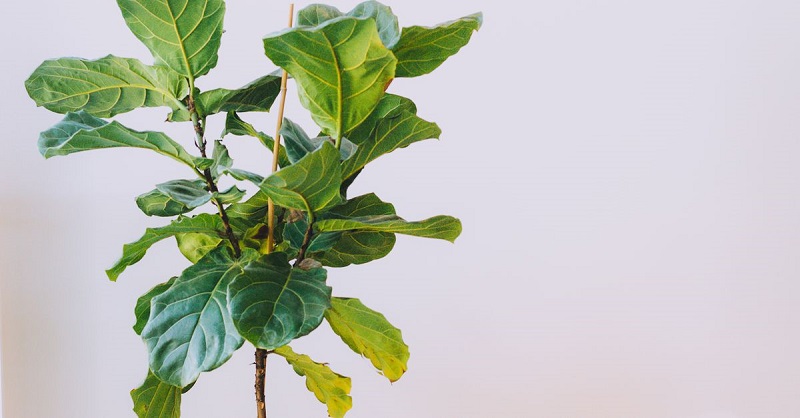
Image via Eater Dallas
They prefer east-facing, sunny windows, while unobstructed late-day sun in a west- or south-facing window could lead to leaf burn.
Rubber Plant
Rubber plants have a tendency to overgrow a room. However, you can control their growth by pruning the top of the central stem. This will stimulate the growth of side branches. Additionally, you can keep your plant in a smaller pot to limit its growth.
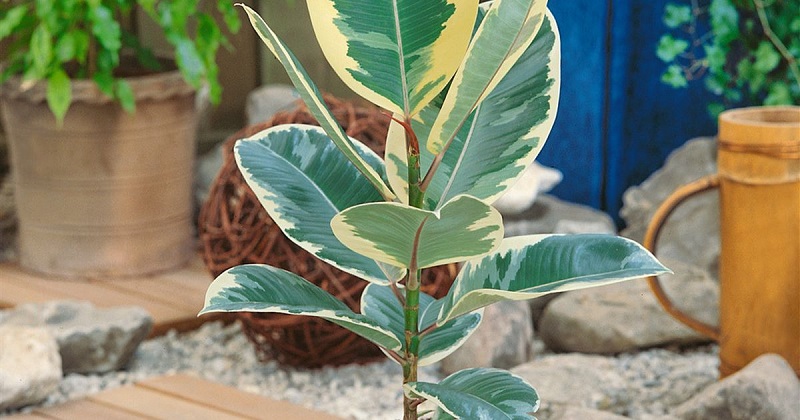
Image via Stanze Gartencenter
Tradescantia
This is an easy plant for those who are new to gardening and perfect for hanging baskets or regular planters. If it's getting too long and sparse, just pinch off the stems above the leaf node to keep it looking full and healthy.
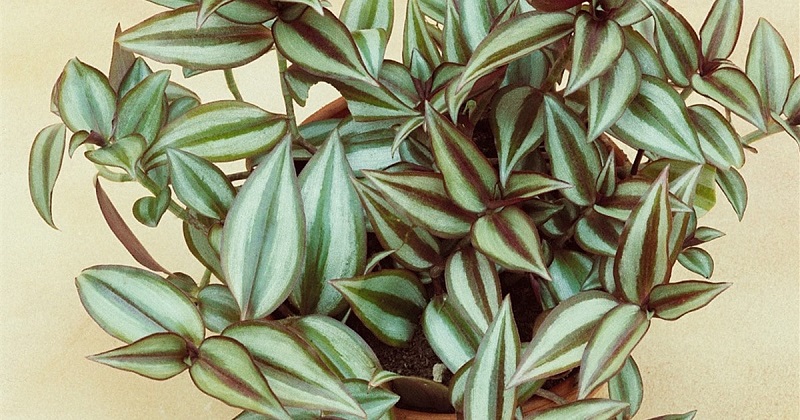
Image via Stanze Gartencenter
Watermelon Peperomia
This gorgeous tropical plant also referred to as the Swiss cheese plant or split-leaf Philodendron, boasts lush green leaves that develop deep slits or holes as they mature.
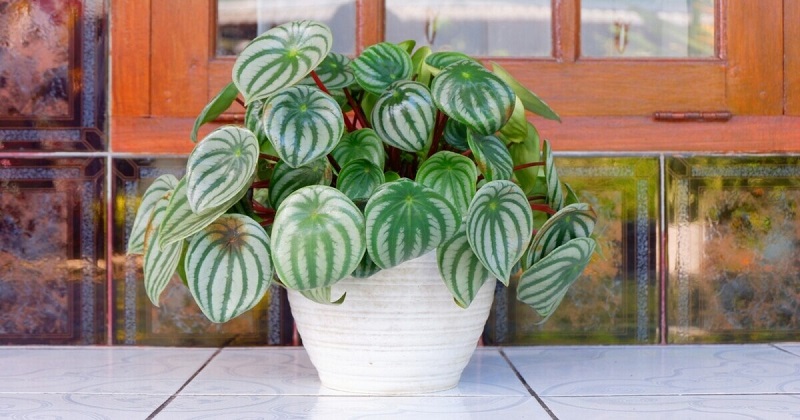
Image via Epic Gardening
These vine-like plants have a penchant for climbing trees with their aerial roots in their natural habitat. Therefore, a moss pole or any other support would be necessary to accommodate their ascent.
Frequently Asked Questions
Can all indoor plants be grown hydroponically?
In hydroponics, all indoor plants can be grown. Some outstanding indoor plants and vegetables are suitable for small-to-medium spaces: Clothes, Anthuriums, Devil's ivy, Monstera, Philodendrons, Peace lilies, Leafy greens, Lettuce, Strawberries, Chilies, and Tomatoes.
How Do You Plant Indoor Plants?
Usually, indoor plants come in containers, so it's unnecessary to plant them again. There are only two scenarios where you need to produce an indoor plant.
- If your plant grows too big for its current container, move it to a larger one.
- If you wish to cultivate bulbs indoors, you must plant them yourself.
What Qualities Make For A Good Indoor Plant?
When selecting an indoor plant, there are certain qualities that one should look for.
- A sound root system is essential. However, this can't be done if it is a small plant. Healthy roots will be thick and light in color.
- Another essential factor to consider is the foliage of the plant. A good rule of thumb is that it is thick enough if you can't see through the foliage.
- Lastly, checking for any signs of disease or pests is essential. Some common indicators of a diseased or pest-infested plant are white dots, sticky residue on the leaves, and a bad odor.
It's never been easier to bring the beauty of nature indoors with the wide variety of low-light indoor plants available. These easy indoor plants will thrive in dimly lit areas and add life to any room.
Remember to consider each plant's specific light and water requirements and provide the care they need to flourish. So, let's create a healthy and vibrant home filled with the best indoor plants with Benchmark Hydroponics now.
